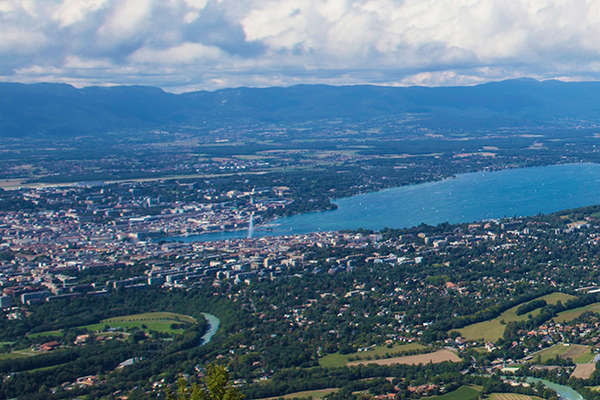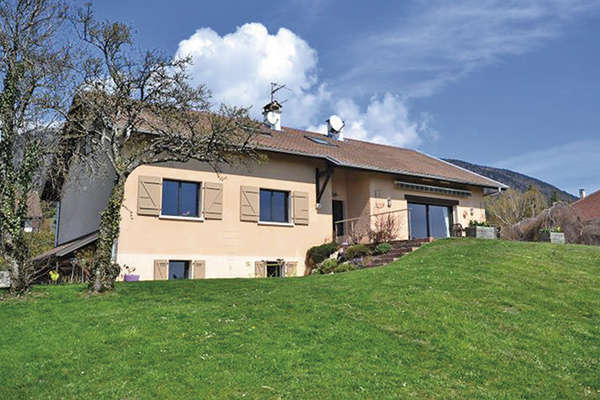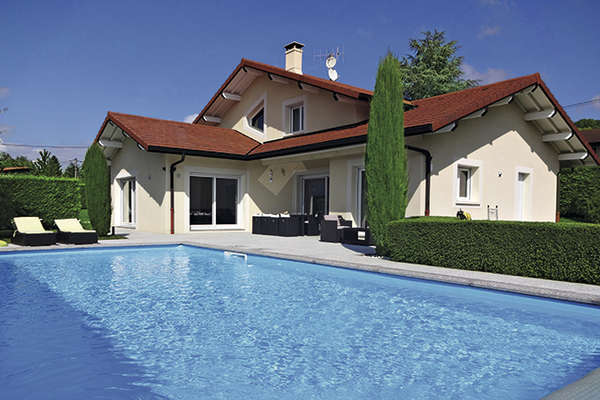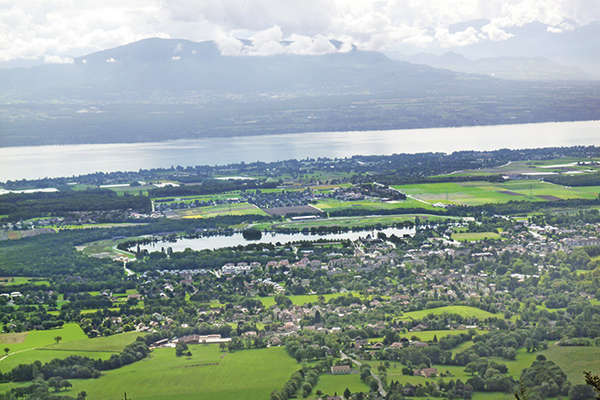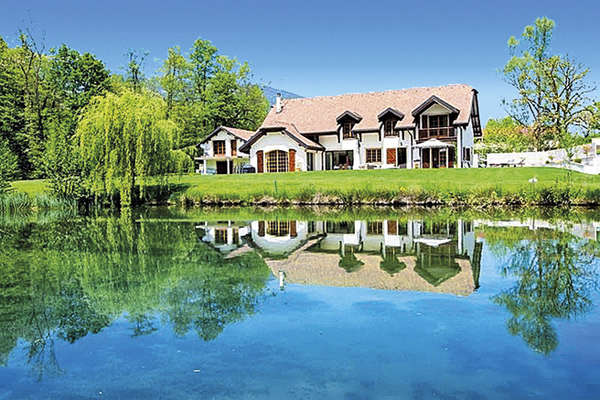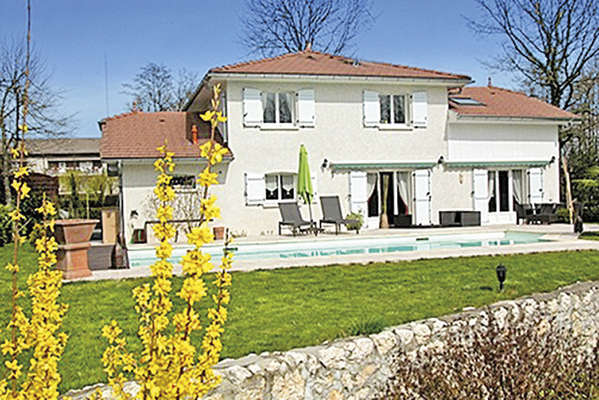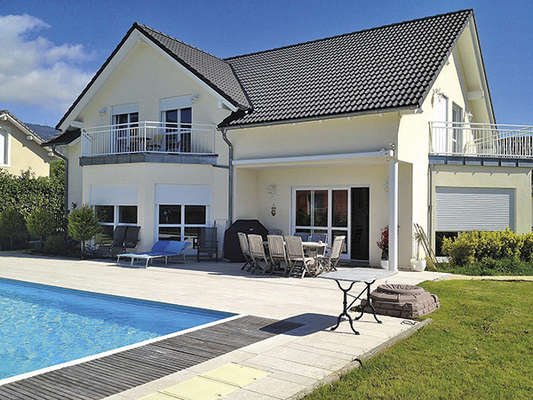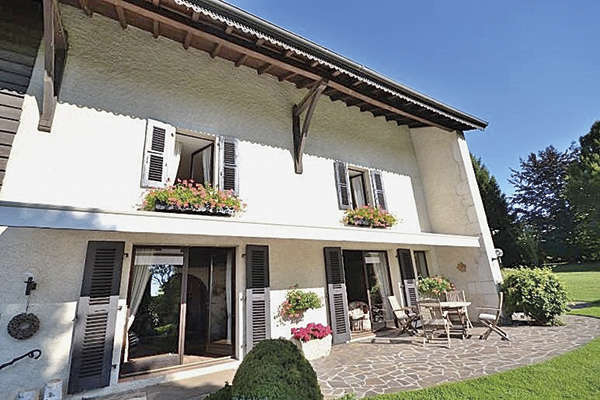L’Isle-sur-la-Sorgue, the “Venice of the Comtat”
By Laetitia Rossi - 20 December 2010
In this former town of fishermen, the gushing torrents of the River Sorgue, brimming with fresh-water crayfish, trout, grayling and eels, enabled the townsfolk to build flour mills and workshops to process wool, silk and paper, which became thriving sectors of activity in the 19th century. Today, this commune situated between Carpentras and Cavaillon owes its international reputation to its flea market.
27 km from the TGV station in Avignon and 70 km from the Marseille-Marignane airport, L’Isle-sur-la-Sorgue is blessed with considerable charm. Interspersed with canals, its narrow old streets tell the saga of centuries past. In 2003, this locality with 21,000 inhabitants even built a place dedicated to the memory of the poet René Char. Composed of three hamlets, Saint-Antoine, Petit-Palais and Velorgue, it plays host to about 300 antique dealers, several art-galleries and boutiques specializing in home decor. A vocation which has made it popular among tourists from all over the world, delighted to stroll around the market-stalls, not far from the Saumane golf-course and the Luberon. The local economy also relies on the cultivation of vegetables and production of Pays d’Aigues wine.
“Due to the crisis, prices of modest “pavillons” of 90 m2 with gardens of 600 m2 reverted to more “normal” levels of about 250,000 €, ie. 10 to 15 % below the rates observed in 2008. The bulk of transactions are in fact concluded below that symbolic barrier. The only spoke in the wheel is the shortage of products in this price bracket,” explains Jean-Marc Villette of Guy Hoquet L'Immobilier. From 600,000 € upwards, high-end properties such as detached “mas” and houses of charm offering magnificent views of L’Isle-sur-la-Sorgue and the Alpilles, are holding steady. A local buyer working in the region has just paid 577,000 € for a house of 250 m2 in perfect condition with grounds of 6,000 m2, a property that sold after spending only two months in the agency’s files. All budgets combined, 60 % of buyers are from the region ; the remaining 40 % consist of employees transferred from elsewhere, people looking for holiday homes or French senior citizens wanting to retire to Provence. Demand for the area is particularly strong, probably due to the closeness of two airports, two train stations and three motorway exits. The tendency to pay cash is significant : three acquisitions handled by the Guy Hoquet agency last November, at around 500,000 €, bear witness to the fact. New properties here unfortunately suffer from being ineligible for Scellier tax benefits.
“Far from being homogeneous, the market follows a dual logic : that of appointments and location,” says Guy Sfez of the Vallis Clausa agency. To begin with, L’Isle-sur-Sorgue offers a wide range of properties. The village house, a rare commodity that sometimes presents inconveniences such as noise, no parking facilities or insufficient light, ranges from 1,800 to 4,500 €/m2 : the upper level can be charged when the house, irreproachable in terms of comfort and interior decor, is accompanied by a terrace and a garage. Old apartments in the centre can also be found at 1,800 €/m2 to, while relatively recent apartment buildings on the outskirts are priced at 3,500 €/m2 on average. Villas start at 250,000 € on an estate, otherwise the starting-price is 400,000-450,000 €. There is a wide gap between basic housing and desirable properties. Green, elevated and hilly, Saint-Antoine is the most expensive neighbourhood. It enjoys a wonderful view of the town and the Alpilles. Wanting to get closer to urban facilities, sellers of residences in the countryside appreciate addresses within walking distance of the centre : Les Névons, which rose from the ground within the last decade, the area between the historic part of town and Saint-Antoine, and Le Partage des Eaux, an old district undergoing constant rehabilitation, characterized, as its name suggests, by scenery both mineral and vegetable. Our estate-agent regrets the lack of new developments, despite real demand from clients wanting to buy and rent. He hopes that the town will release building land in the next few years, while continuing to control urban development and preserving the environment.
